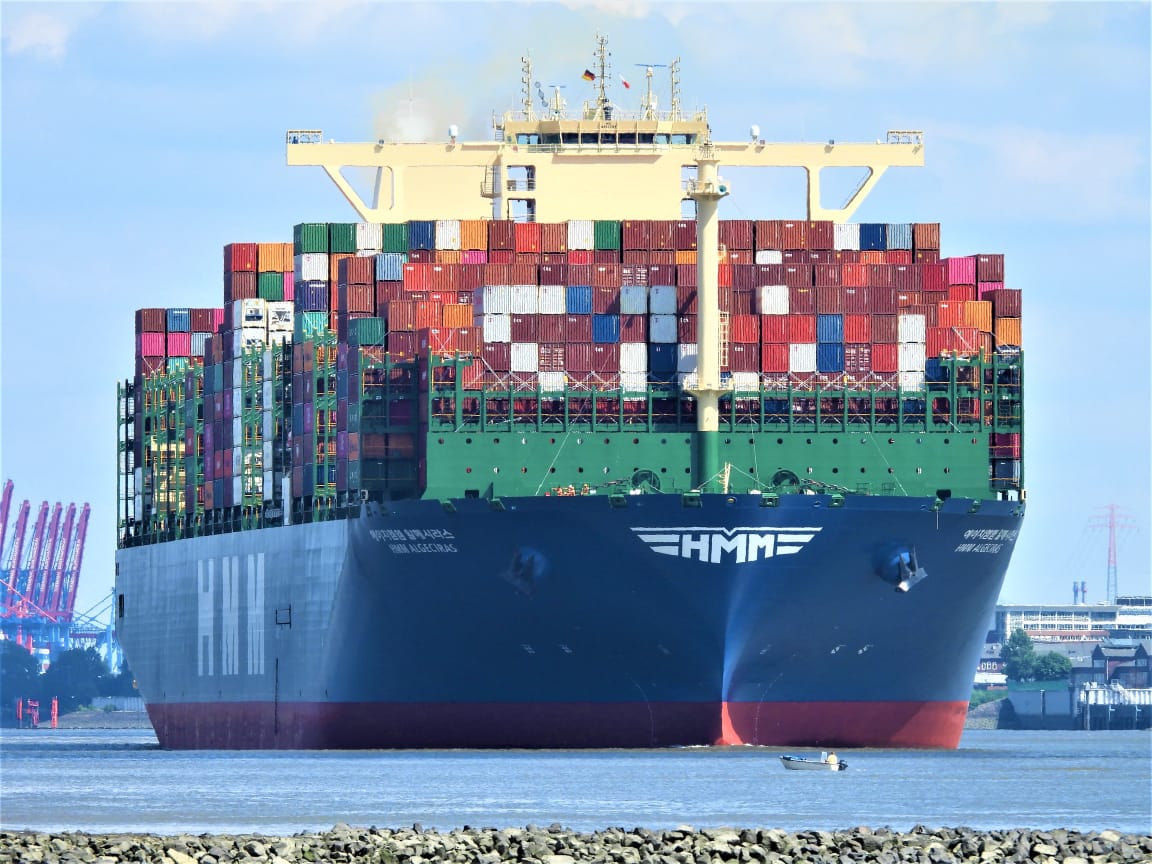Ocean freight, also known as sea shipping, provides an alternative shipping option to shippers who have the luxury of time at a more affordable rate, especially when it involves the shipment of heavy goods. Dating back to the Neolithic age, it remains one of the most common shipping forms for importers and exporters, accounting for 90% of goods transported globally. It is also one of the oldest modes of shipping and has been serving the supply chain industry from time immemorial.
It is the method of transporting cargo loaded onto vessels by sea and is an integral part of cross-border trade, allowing people to move massive amounts of goods between countries.
The goods are transported on ships through the open ocean, and many shipping options are available for different types of goods. The most popular one is container shipping, technically named containerization. With this option, goods are shipped with containers of standard sizes of 20 to 40 feet.
The containers are built for intermodal freight transport; by implication, the containers are used across various transportation modes - ship to rail to truck, without unloading and reloading the cargo.
Benefits of Sea Shipping
Ocean freight has high and low points like every other shipping option. Some advantages include:
Increased shipping capacity: Sea freight is perfect for bulky shipments, as other shipping options may only be viable for lighter loads. This shipping method is especially suited for items that may cost more to transport via air.
Cost effective: Ocean freight, according to conducted research, is about 12 to 16 times cheaper than air freight since it utilises large-scale vessels that can transport larger loads to greater distances for less expense. Regardless of cargo size, sea freight is cost-effective compared to other freight options. Barges haul large volumes of packaged products or bulk shipments across long or short distances at a cost typically unmatched by the other modes of transportation.
Lower carbon footprint: According to research, air freight generates 47 times more greenhouse gases than ocean shipping for every ton-mile. While aeroplanes produce 500g of CO2 per metric ton of freight per kilometre of travel, cargo ships only have up to 10 to 40 grams per kilometre, making it the greenest shipping mode. Sea transport generally produces lower emissions, even on long voyages. If you are passionate about the environment and seek eco-friendly alternatives, sea shipping is right for you!
Fewer Restrictions: Shipping by air is subject to restrictions regarding the kind of goods you can ship. For example, flammable products like perfumes or biochemical products like medicines are prohibited via air freight. You also cannot ship metals or battery-laden items from certain airports, but with sea shipping, almost everything goes because there are fewer restrictions.
Safe Travel and Smooth Sailing: A significant advantage is that your goods will transit safely and arrive at your destination without dents. Containers are securely locked during transit to keep the goods safe. Water transport also has the fewest number of accidents. Also, compared to different other modes of shipping, sea transport offers smoother movement. While other shipping methods are secure, on the water, shipments are carefully lifted into the cargo area of a merchant vessel, secured on board, and stay in place for the whole voyage with minimal shaking or jostling, thereby reducing the risk of damage.
Despite all the advantages that come with Ocean Freight, it also has some disadvantages, such as longer transit time than air freight, unsustainable rates when shipping less weighty goods, and vulnerability to external shocks like bad weather, customs delays, and port congestion, which can quickly increase the days or weeks of your delivery timeline.
When deciding the best shipping option, the preliminary characteristics to consider are transit time, cost, distance, and safety of the shipment.
Still trying to choose the best option for you, we recommend talking to us over at SARA PROCUREMENT SERVICES LIMITED. We can help you weigh your options and make the best shipping decisions.
Visit our physical office space at 3 Fatai Irawo Street, Ajao Estate, Airport Road, Lagos, Nigeria, or any of our warehouse touch point locations worldwide to learn more about us and utilise our services.
Our 247-email correspondence is hello@chinatolagos.com.
We are equally social, and you can find us @SaraProcure on your favourite channels: Twitter, Threads, Facebook, and Instagram.






Comments
Please log in to leave a comment.